Sou Fujimoto judges Wallpaper* Design Awards 2022
We chat with Wallpaper* Design Awards 2022 judge Sou Fujimoto about his work in Japan and abroad, and our shortlisted designs and winners
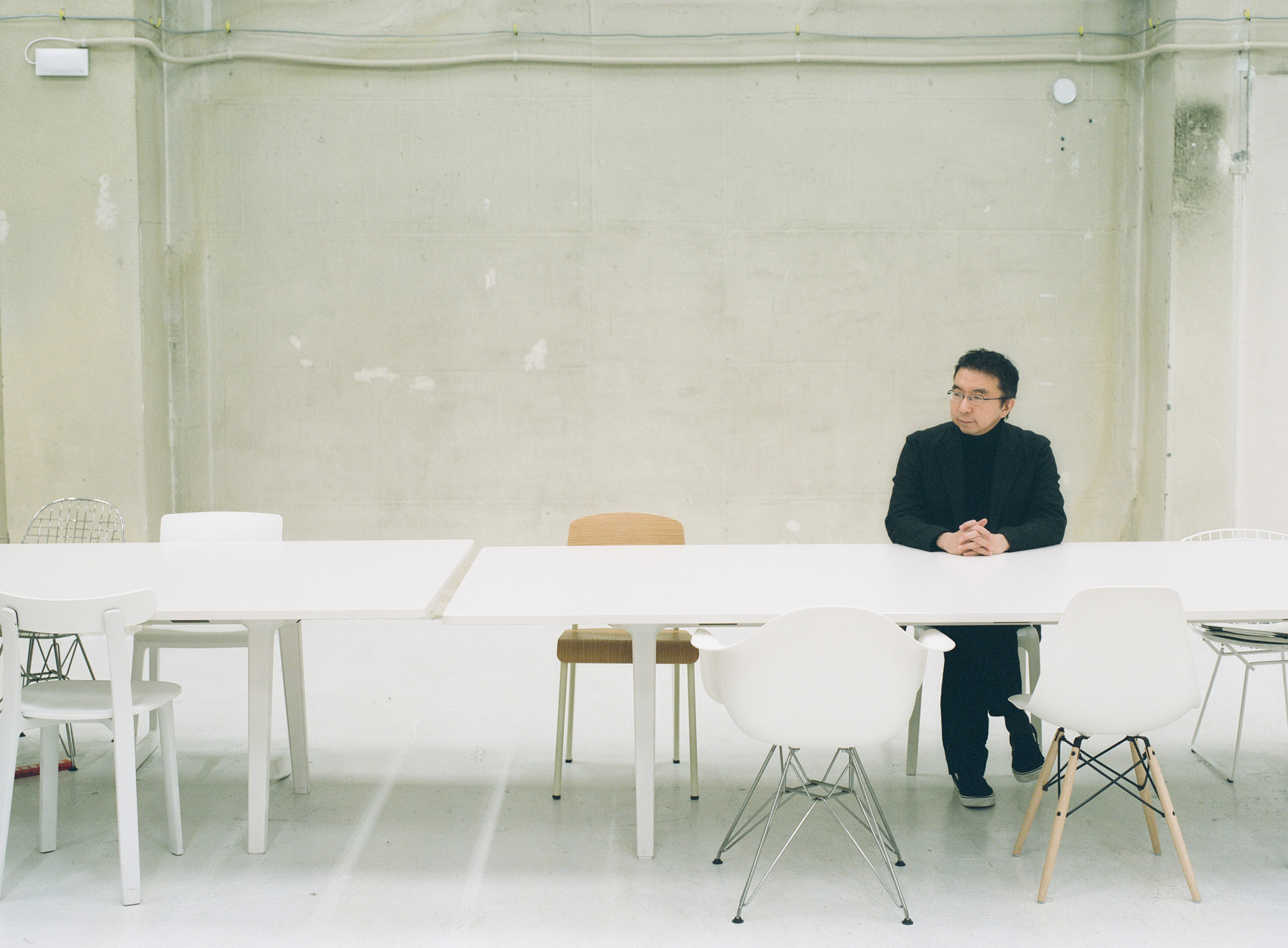
With several large projects underway, both in his native Japan and abroad, Sou Fujimoto has been busy; which made his input all the more valuable for this year’s Judges’ Awards, the highest honours of the Wallpaper* Design Awards.
His wide-ranging experience and thinking is reflected in the breadth and depth of his architectural work. His recently completed House of Hungarian Music, in Budapest, will not only provide a long overdue place to learn and enjoy everything about the country’s musical scene and traditions, but will also serve as a hub for the local community to meet and enjoy music among the lush greenery of the surrounding park. In Japan, his design for a new university in Hida-Takayama (to be completed in 2024) is already drawing both local and international acclaim, and will help to propel this small, rural part of the mountainous Gifu Prefecture on to the world stage. He is also designing a learning centre for the University of St Gallen in Switzerland and has been appointed as the master planner of the 2025 Osaka Expo.
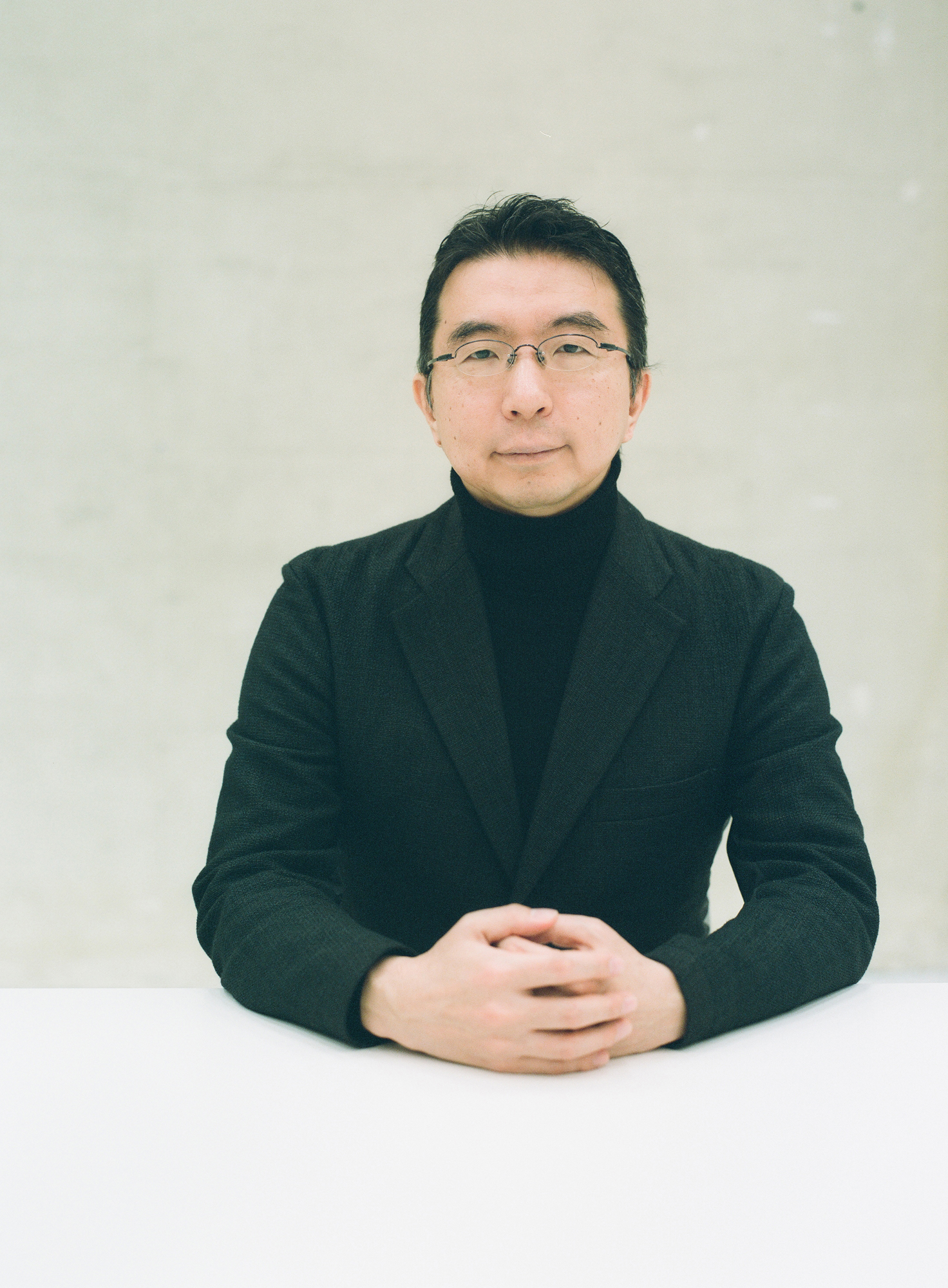
Having received his own fair share of accolades since he started the Japanese architecture studio Sou Fujimoto Architects in 2000 (including several Wallpaper* Design Awards), Fujimoto believes these recognitions are vital to an architect’s career: ‘Receiving an award motivates me and makes me want to work even harder. Awards usually mean that someone appreciates your work.’
Softly spoken and often smiling, Fujimoto is modest about his own role as a professional in the architecture field. ‘As an architect, you need to collaborate not just with many stakeholders but also with existing surroundings. You need to understand the context, the cultural background and the history of the place. So we need to be very modest and listen to all these different voices,’ he explains.
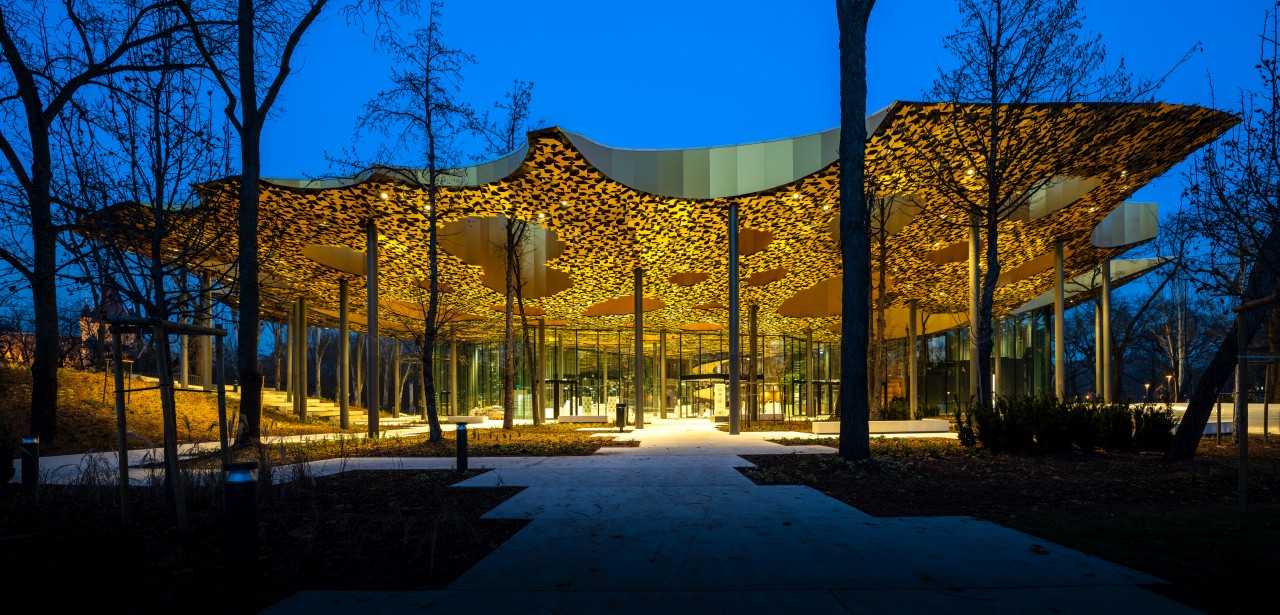
House of Music, Hungary.
In his eyes, the main job of an architect is to take a rather complex situation and create a clear strategy forward. Basic research is always crucial in any project, but even more so is the inspiration he gets for conversations with key stakeholders on all the projects he is involved in.
So what was he looking for as one of our judges? ‘I look at how the architecture is reacting to its context and how it brings value and makes the surroundings better. I also like to see something inventive, something new. Of course we should keep aesthetics in mind, too. Not just beautiful in the traditional sense of the word, but I like it when something might help to define a new kind of beauty or bring joy to people using the building or product.’
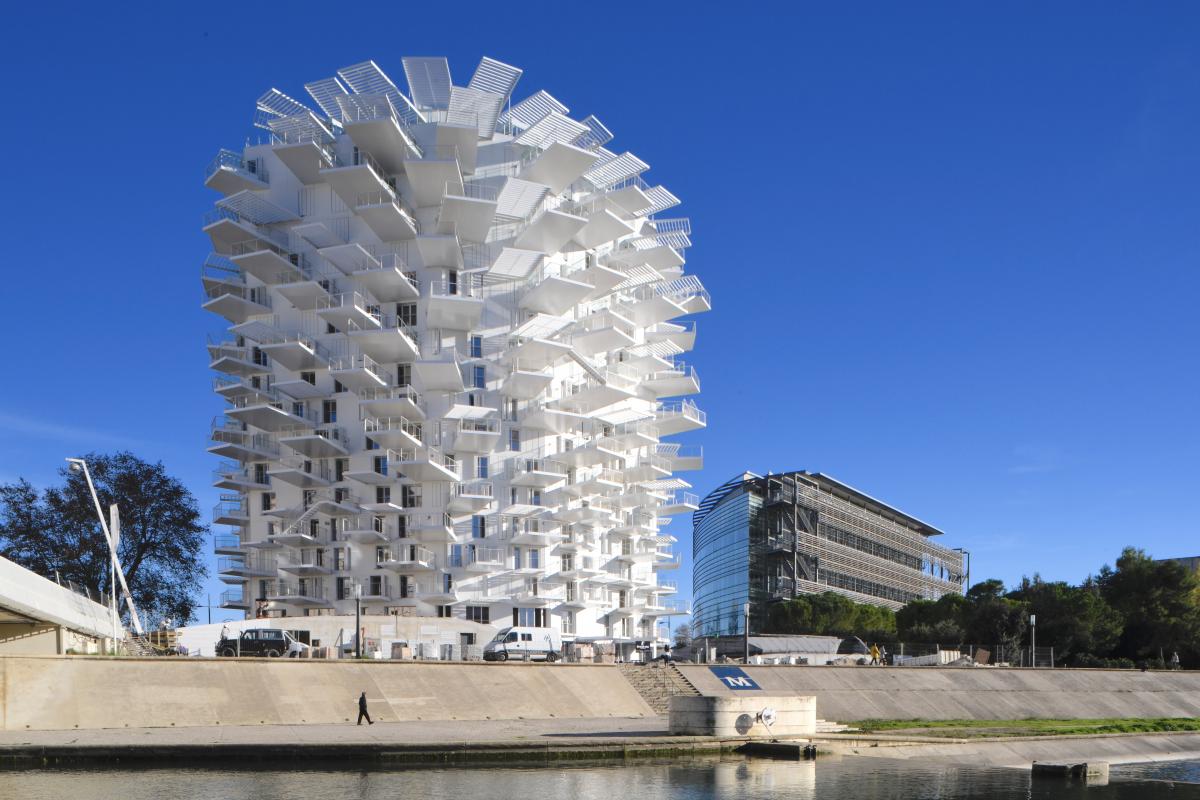
Sou Fujimoto, Nicolas Laisné, Dimitri Roussel and OXO architectes collaborate on L’Arbre Blanc, a bright, white, sculptural residential scheme in Montpellier, France.
From this year’s nominees, he picked out the ‘Forite’ tiles, by Studio Plastique, Snøhetta and Fornace Brioni, as an example of something he considers to be good design. ‘Reinterpreting something as basic as a material is very important I think. And these tiles are very beautiful too,’ he says. The tiles, which are made from recycled glass from ovens and microwaves, come in two different sizes, and each features a unique pattern resulting from its individual recycling process. Fujimoto himself does not have a lot of experience with developing new materials yet, but it is an area he hopes to explore in the near future. The environmental impact of architecture is also an aspect of the profession he hopes to be able to push forward in Japan in the coming years.
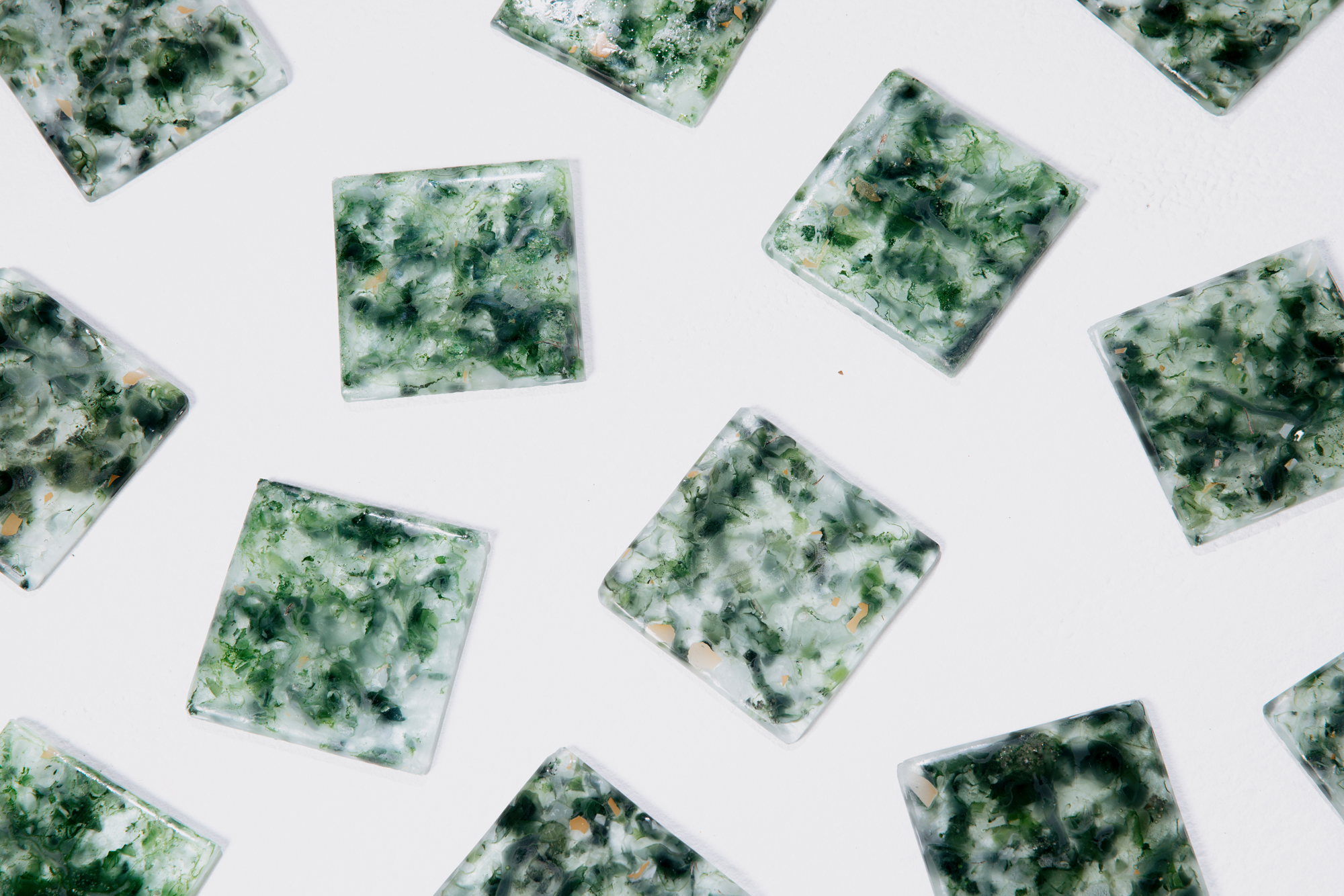
Fujimoto picked the ‘Forite’ tiles, by Studio Plastique, Snøhetta and Fornace Brioni in the Best Domestic Design category in the Wallpaper* Design Awards 2022.
While he believes in calculating the environmental impact of architecture, he is perhaps more interested in creating spaces and environments that invite people to interact and experience nature and, as such, become more aware of their surroundings. He explains: ‘For me, changing mindsets through environmental or architectural design is something I consider very important.’
Receive our daily digest of inspiration, escapism and design stories from around the world direct to your inbox.
As for his dream project? ‘I am increasingly interested in how to integrate communities by thinking about architecture, the urban landscape and transportation as a whole. Not on a huge urban planning scale, but more on a small village or neighbourhood level.’ If anyone is looking for someone to design a small village, Fujimoto is sure to be able to deliver a reinvented version of a small community. Maybe a contestant for next year's awards?
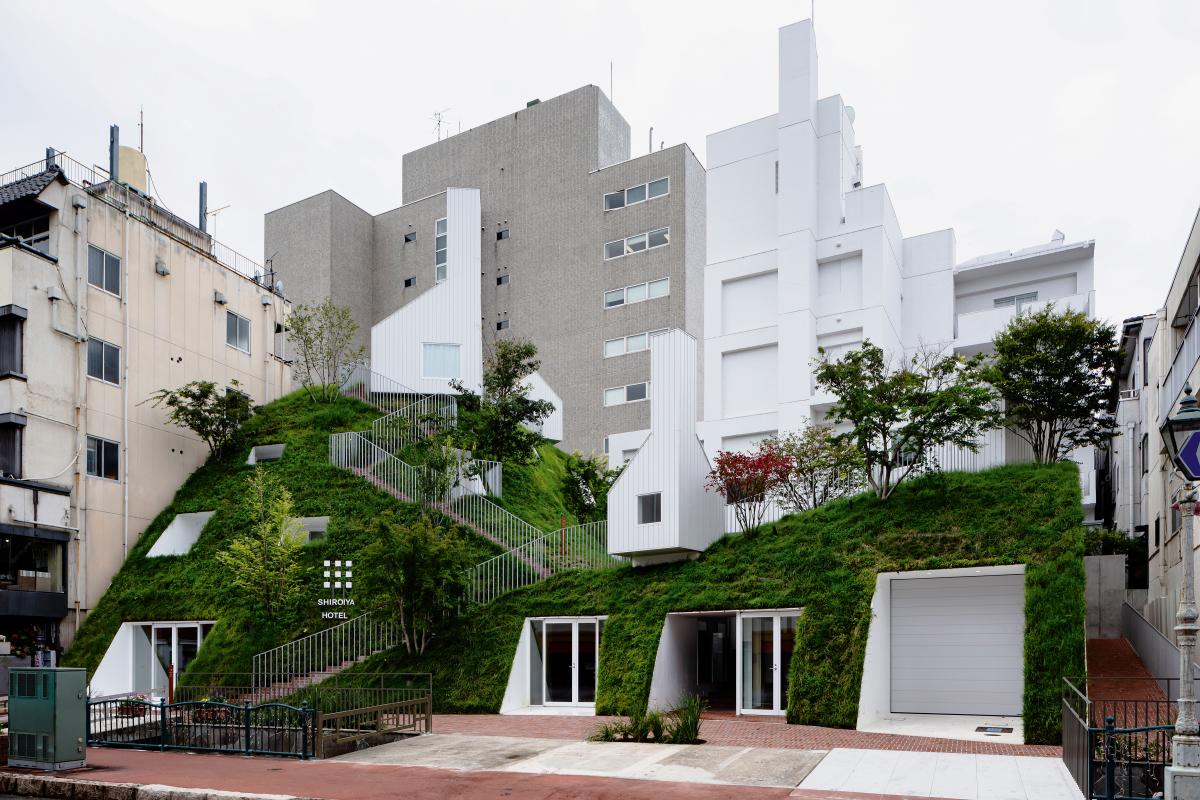
Fujimoto's Shiroiya Hotel, 2020.
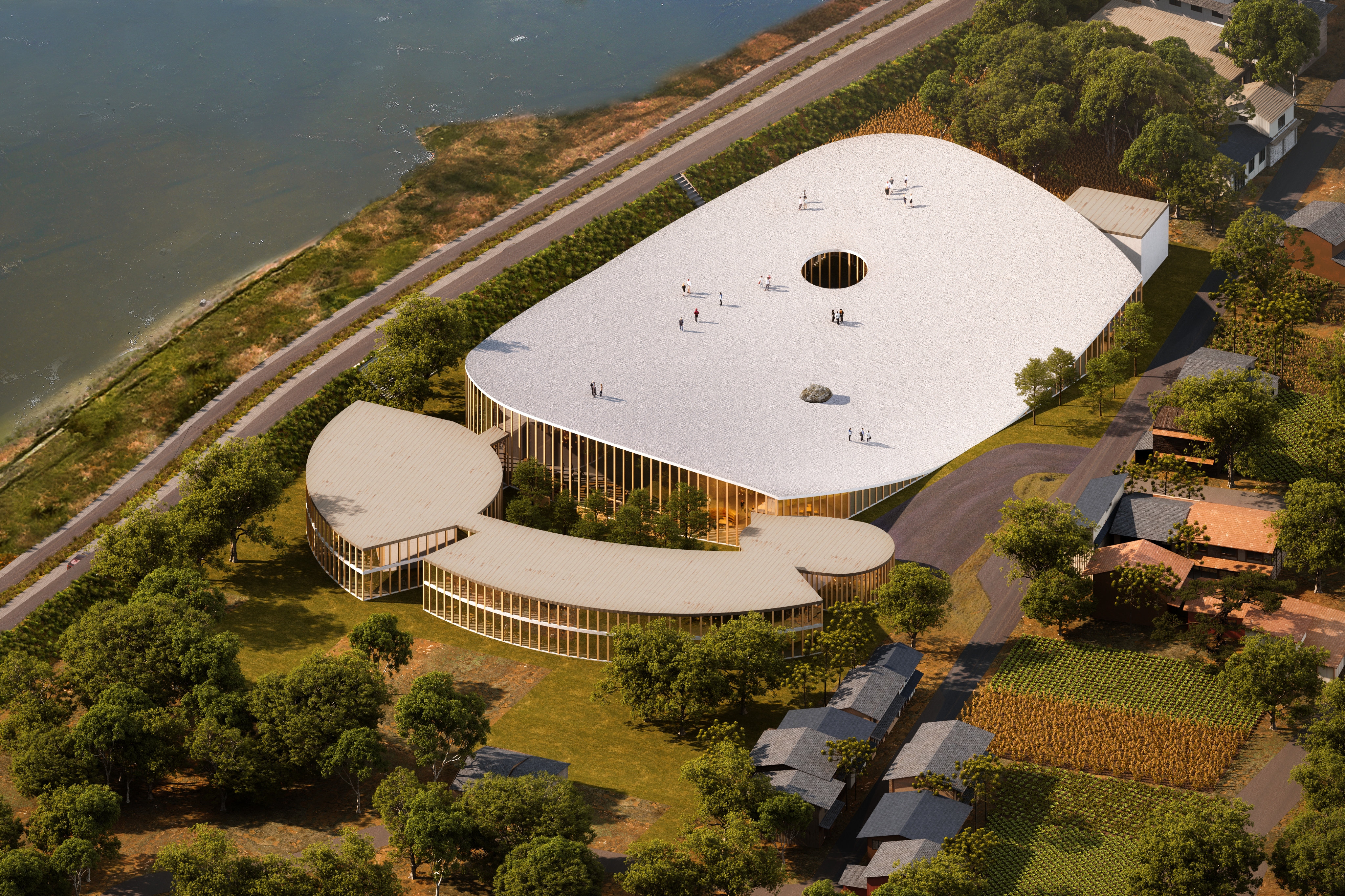
Hida Takayama University by Sou Fujimoto Architects
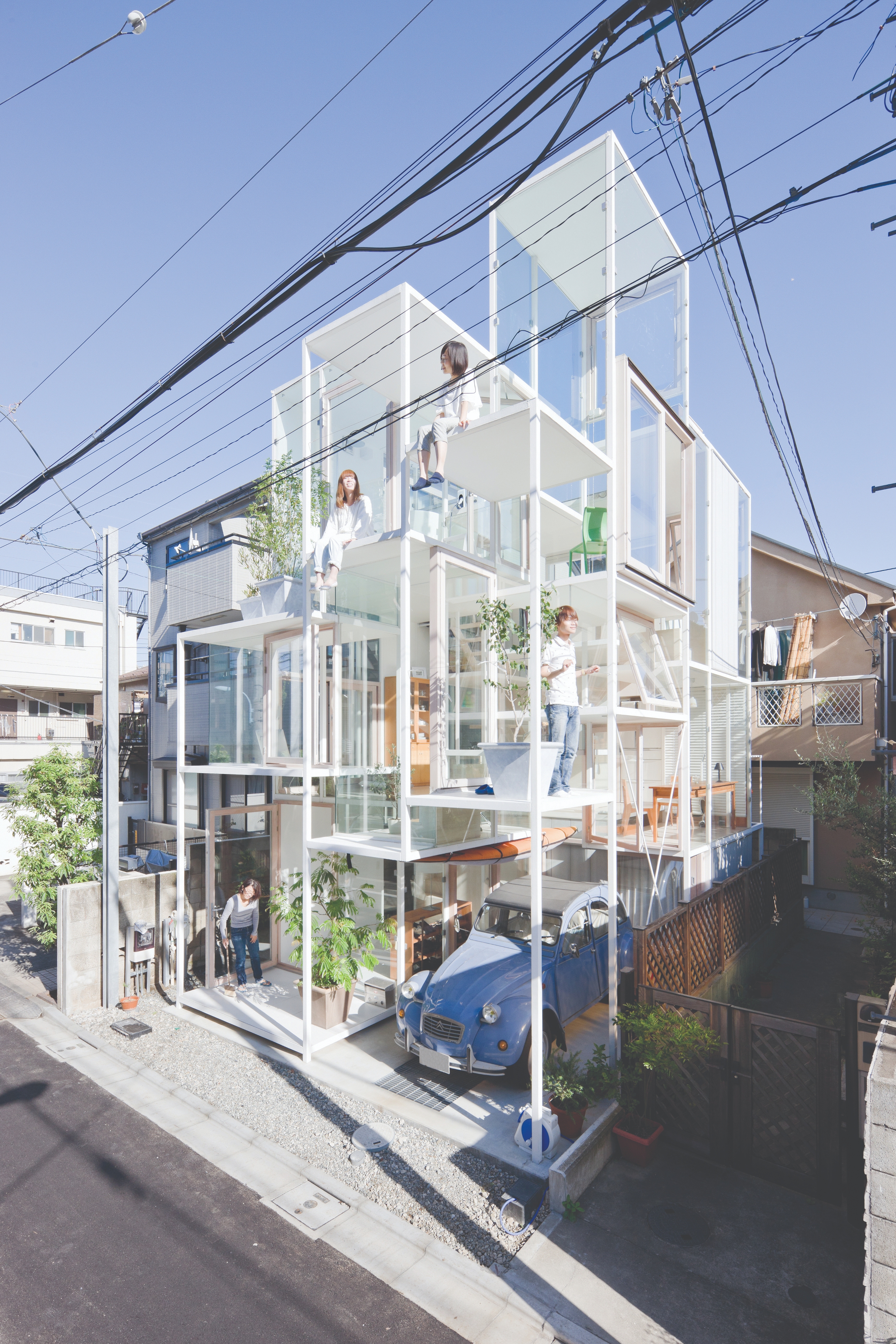
House N, Tokyo.
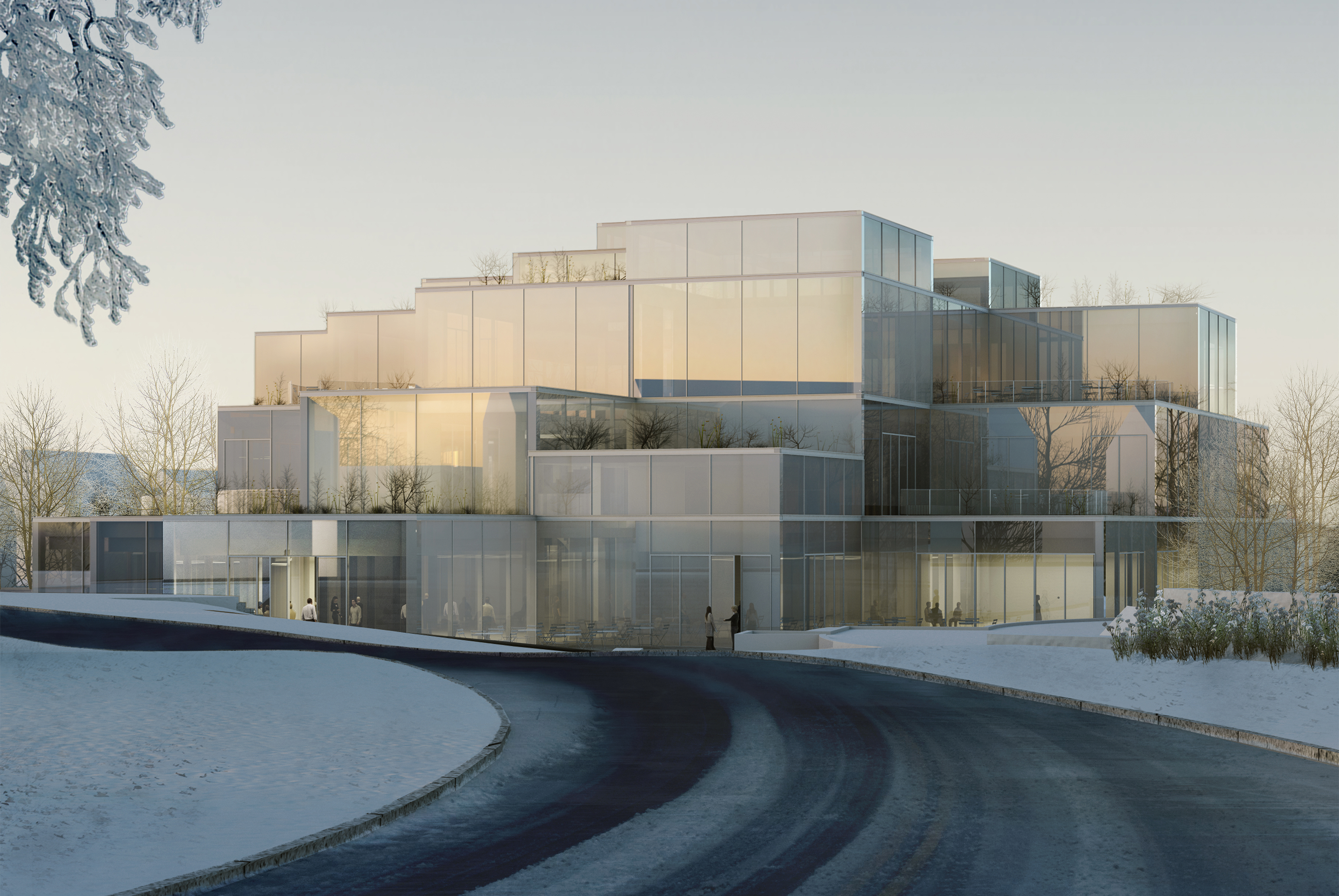
OPEN GRID choices of tomorrow.
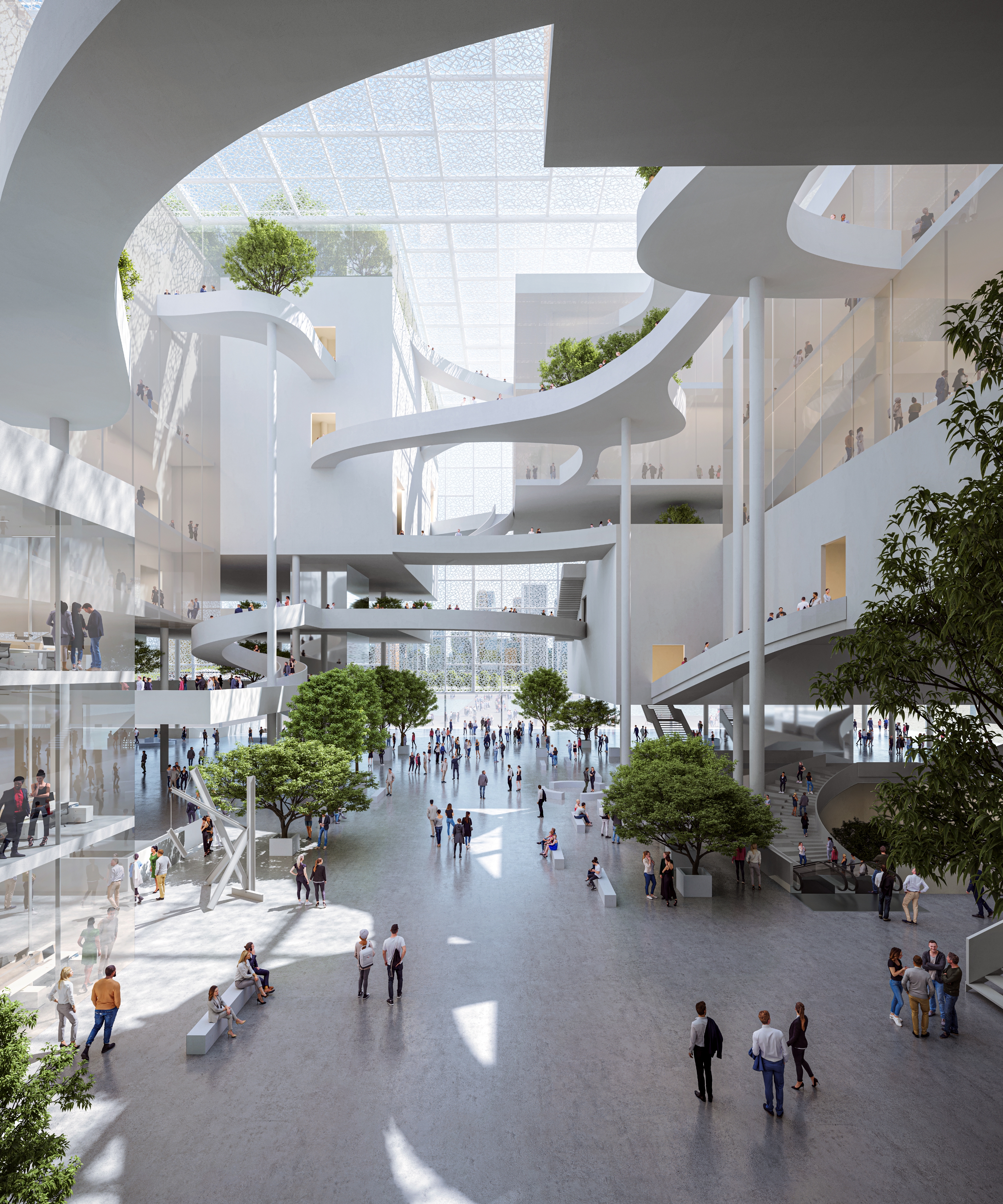
Shenzhen Reform and Opening-up Exhibition Hall by Sou Fujimoto Architects and Donghua Chen Studio
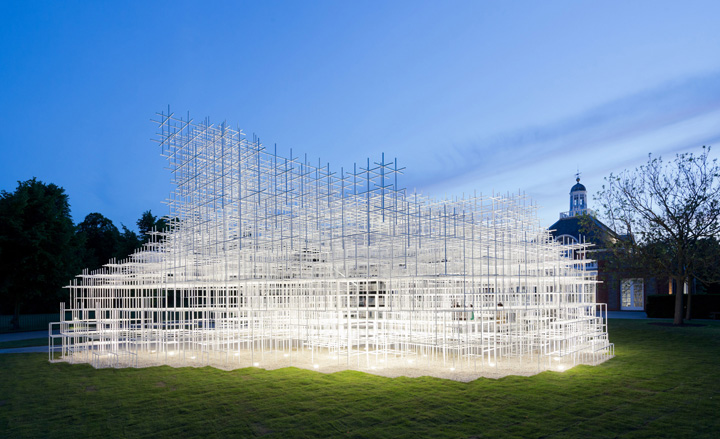
The 2013 Serpentine Pavilion in London.
INFORMATION
sou-fujimoto.net
The Wallpaper* Design Awards 2022 are revealed in full in the Feburary issue, on newsstands. Subscribe today!
Originally from Denmark, Jens H. Jensen has been calling Japan his home for almost two decades. Since 2014 he has worked with Wallpaper* as the Japan Editor. His main interests are architecture, crafts and design. Besides writing and editing, he consults numerous business in Japan and beyond and designs and build retail, residential and moving (read: vans) interiors.
-
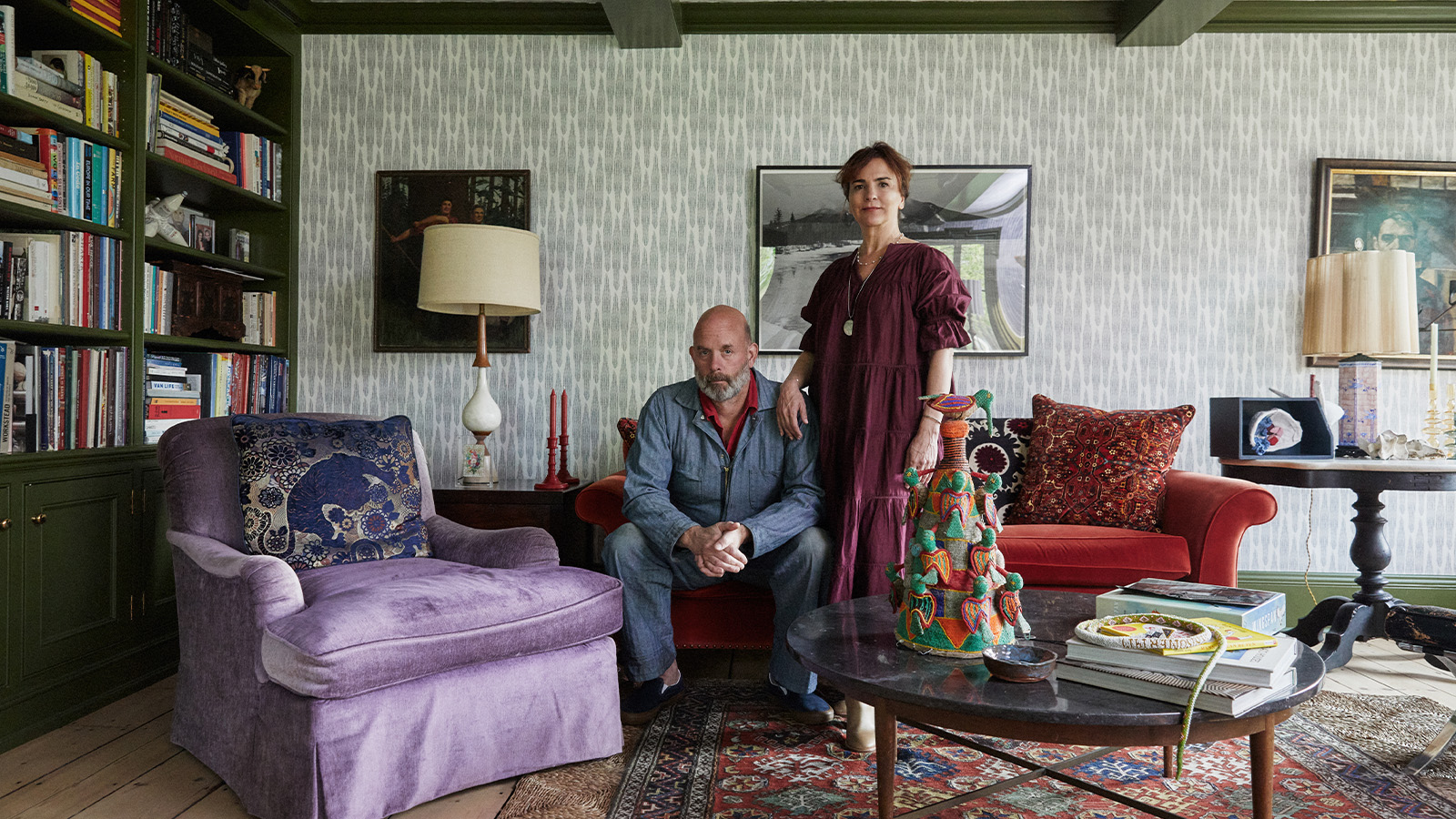 How We Host: Interior designer Heide Hendricks shows us how to throw the ultimate farmhouse fête
How We Host: Interior designer Heide Hendricks shows us how to throw the ultimate farmhouse fêteThe designer, one half of the American design firm Hendricks Churchill, delves into the art of entertaining – from pasta to playlists
-
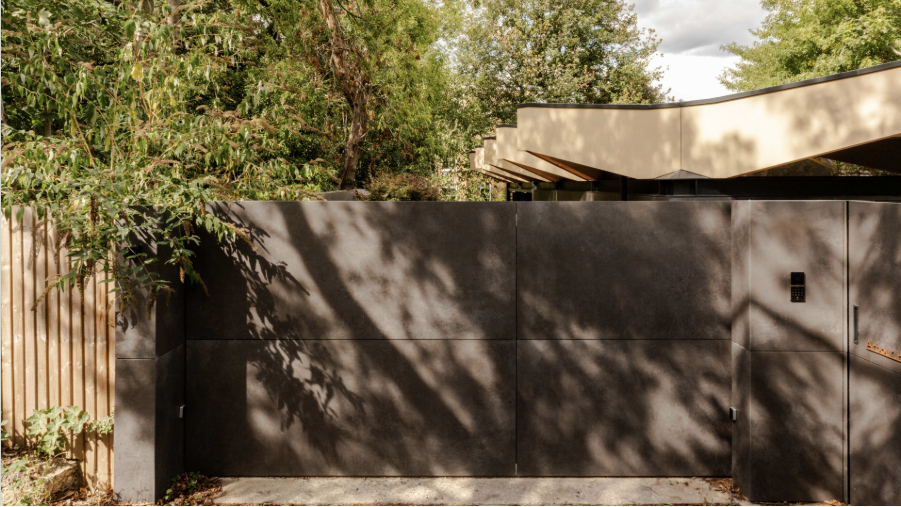 Arbour House is a north London home that lies low but punches high
Arbour House is a north London home that lies low but punches highArbour House by Andrei Saltykov is a low-lying Crouch End home with a striking roof structure that sets it apart
-
 25 of the best beauty launches of 2025, from transformative skincare to offbeat scents
25 of the best beauty launches of 2025, from transformative skincare to offbeat scentsWallpaper* beauty editor Mary Cleary selects her beauty highlights of the year, spanning skincare, fragrance, hair and body care, make-up and wellness
-
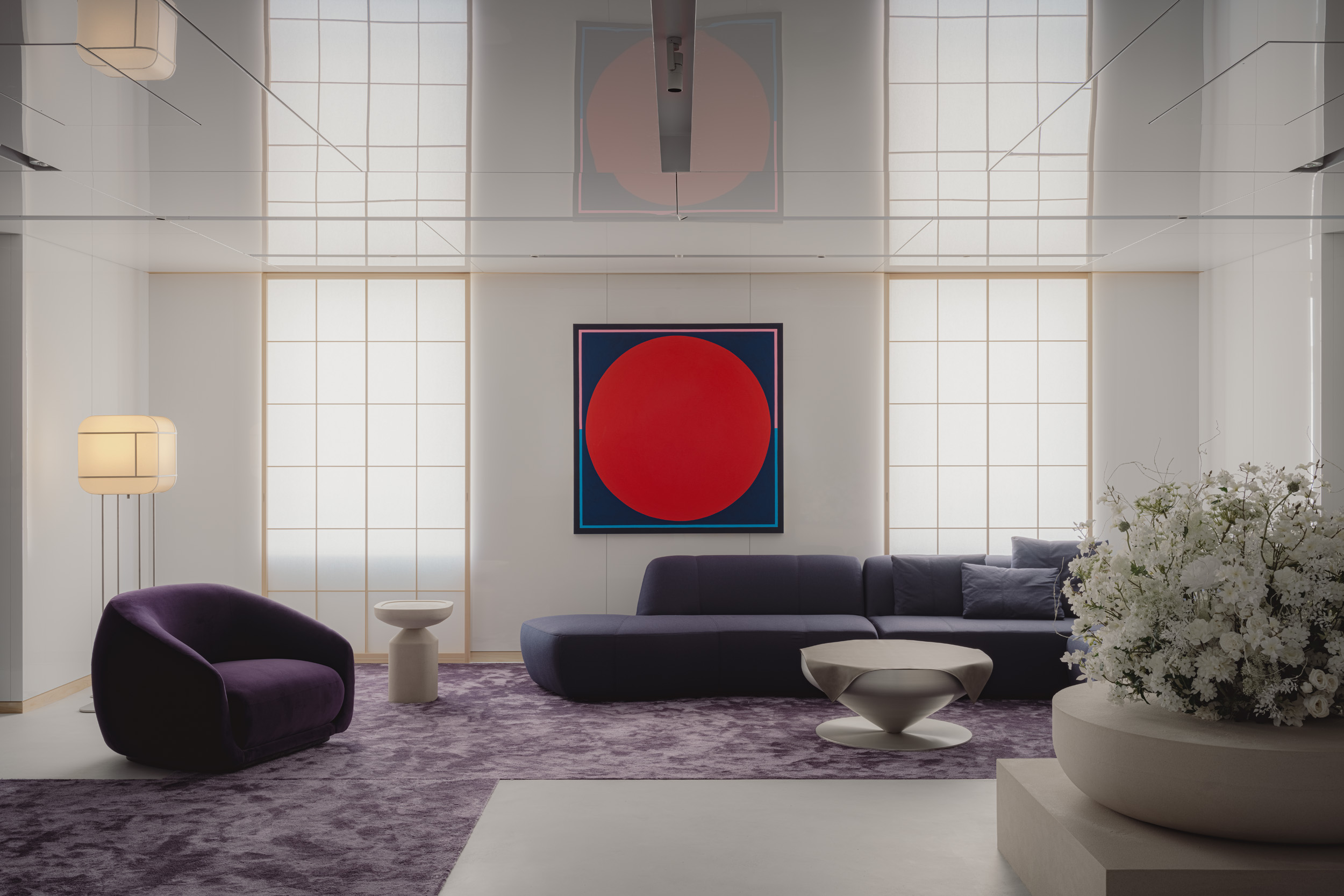 Matsuya Ginza lounge is a glossy haven at Tokyo’s century-old department store
Matsuya Ginza lounge is a glossy haven at Tokyo’s century-old department storeA new VIP lounge inside Tokyo’s Matsuya Ginza department store, designed by I-IN, balances modernity and elegance
-
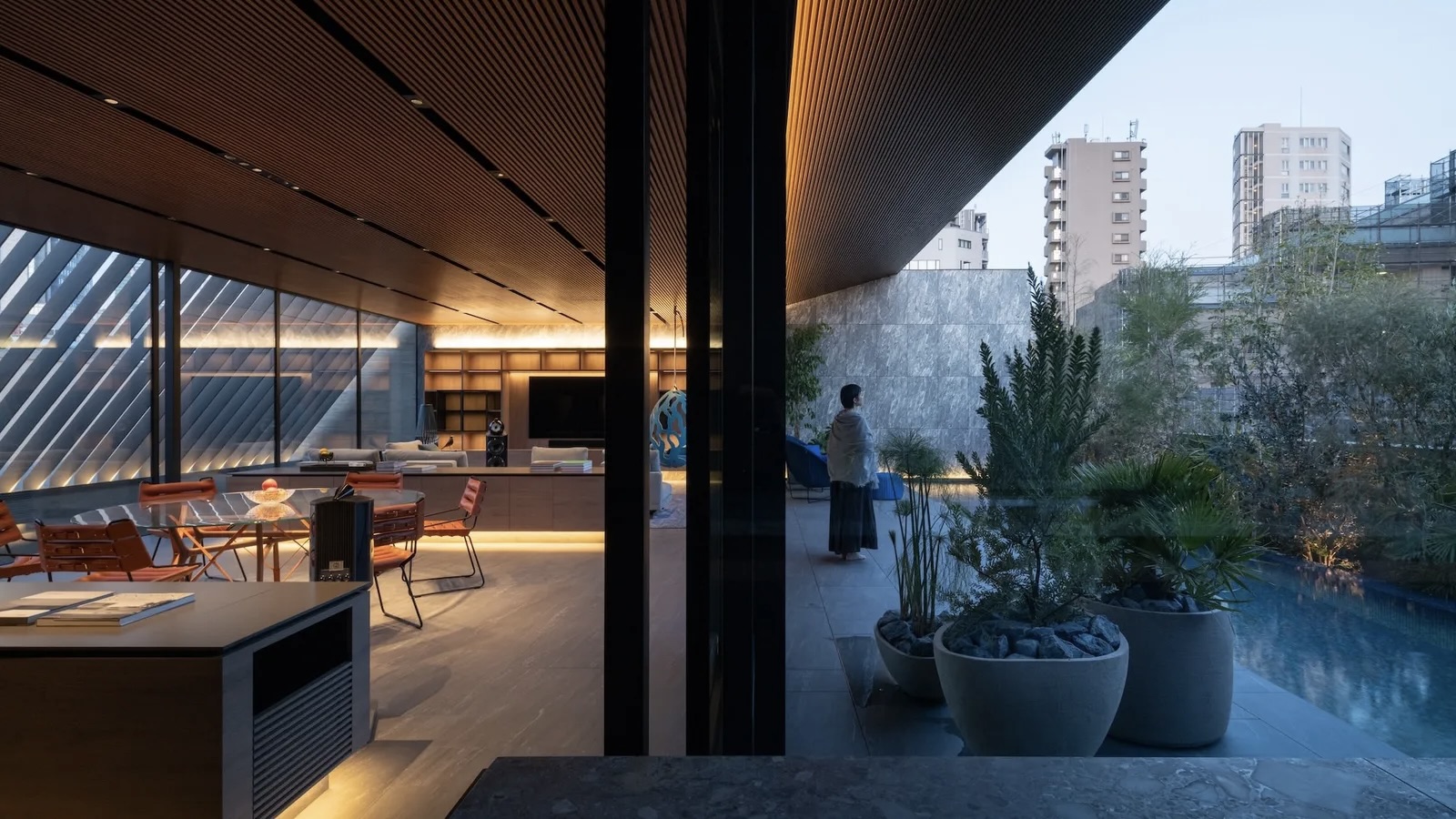 The Architecture Edit: Wallpaper’s houses of the month
The Architecture Edit: Wallpaper’s houses of the monthThis September, Wallpaper highlighted a striking mix of architecture – from iconic modernist homes newly up for sale to the dramatic transformation of a crumbling Scottish cottage. These are the projects that caught our eye
-
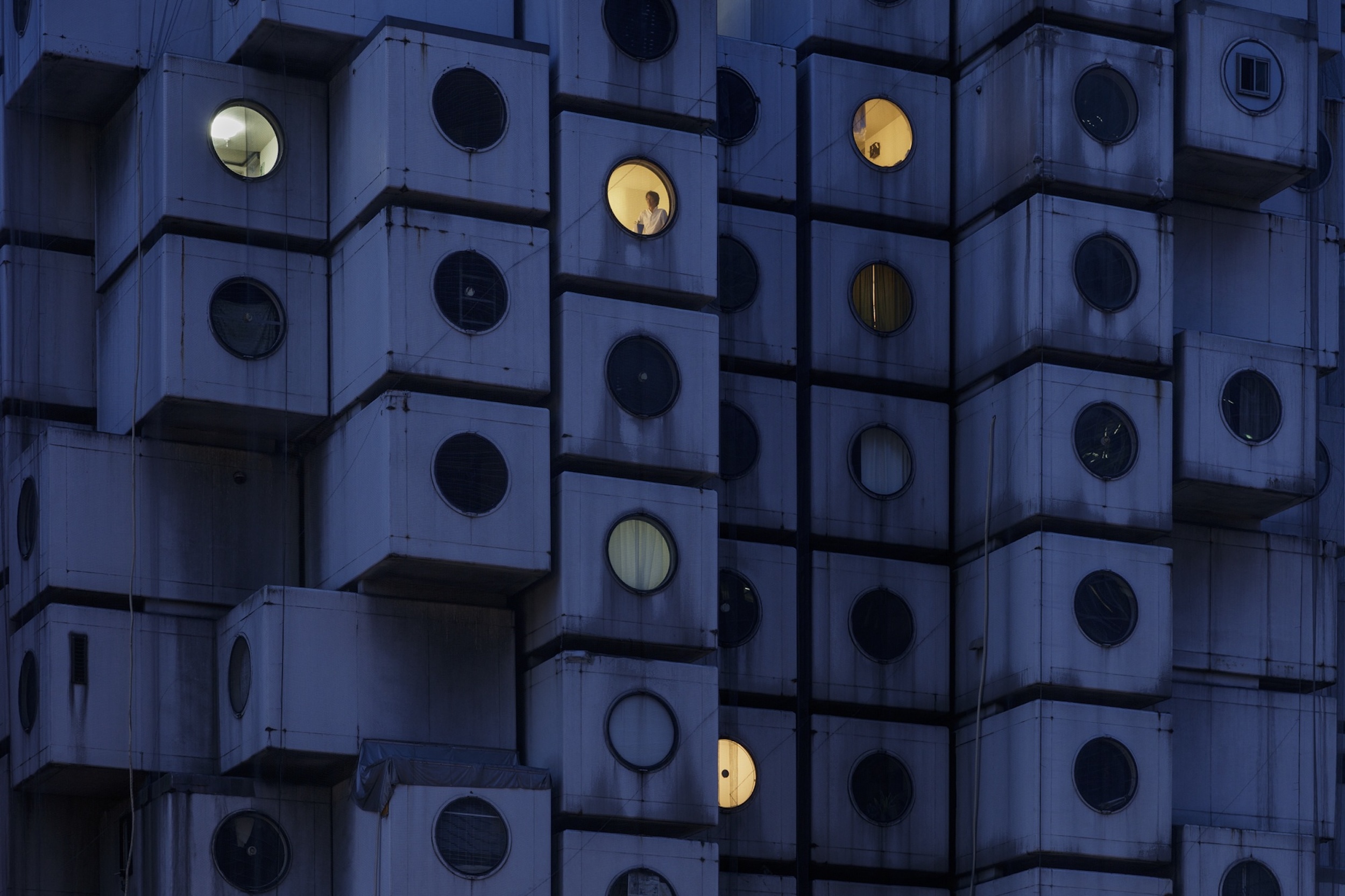 Utopian, modular, futuristic: was Japanese Metabolism architecture's raddest movement?
Utopian, modular, futuristic: was Japanese Metabolism architecture's raddest movement?We take a deep dive into Japanese Metabolism, the pioneering and relatively short-lived 20th-century architecture movement with a worldwide impact; explore our ultimate guide
-
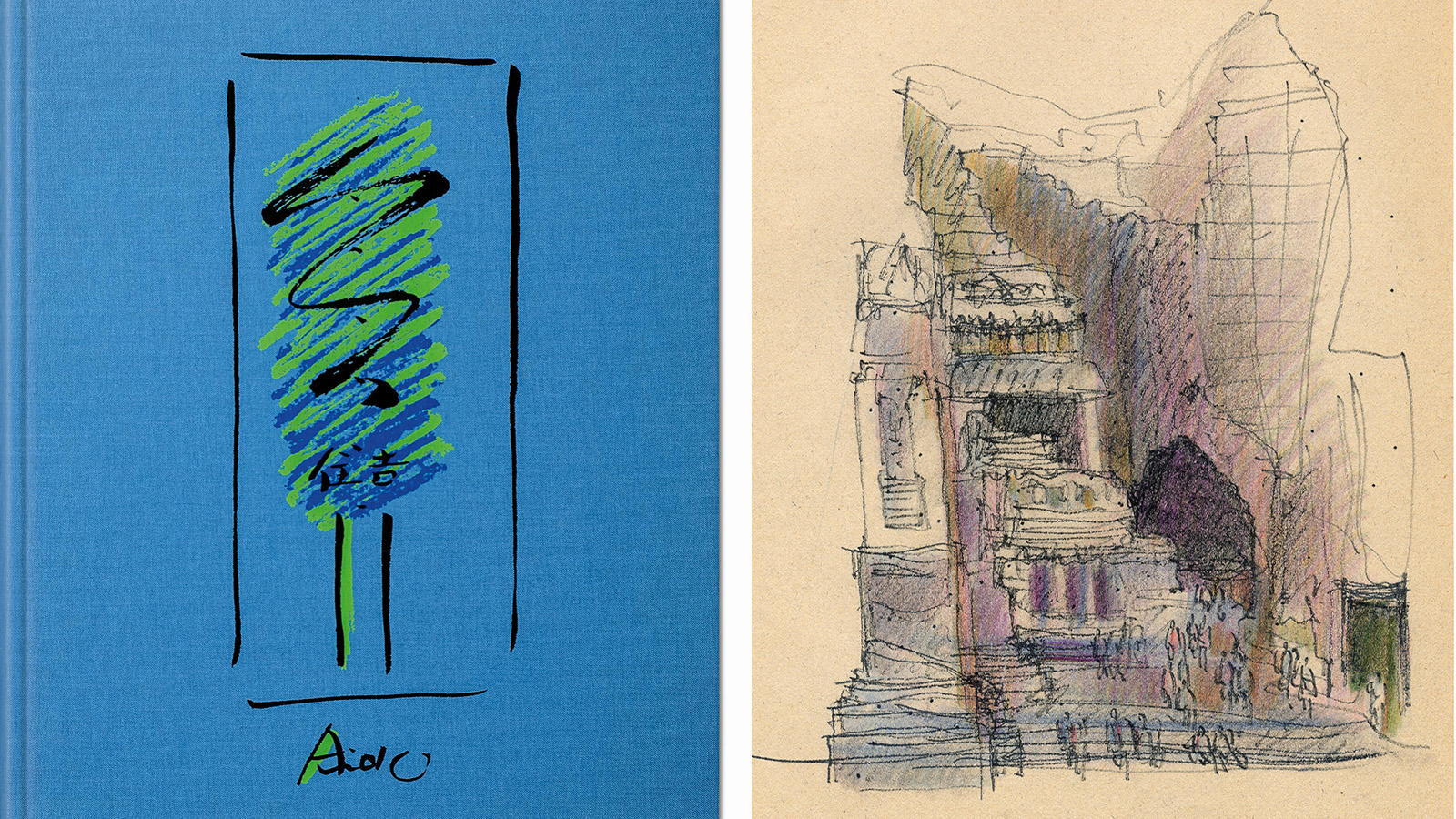 A new Tadao Ando monograph unveils the creative process guiding the architect's practice
A new Tadao Ando monograph unveils the creative process guiding the architect's practiceNew monograph ‘Tadao Ando. Sketches, Drawings, and Architecture’ by Taschen charts decades of creative work by the Japanese modernist master
-
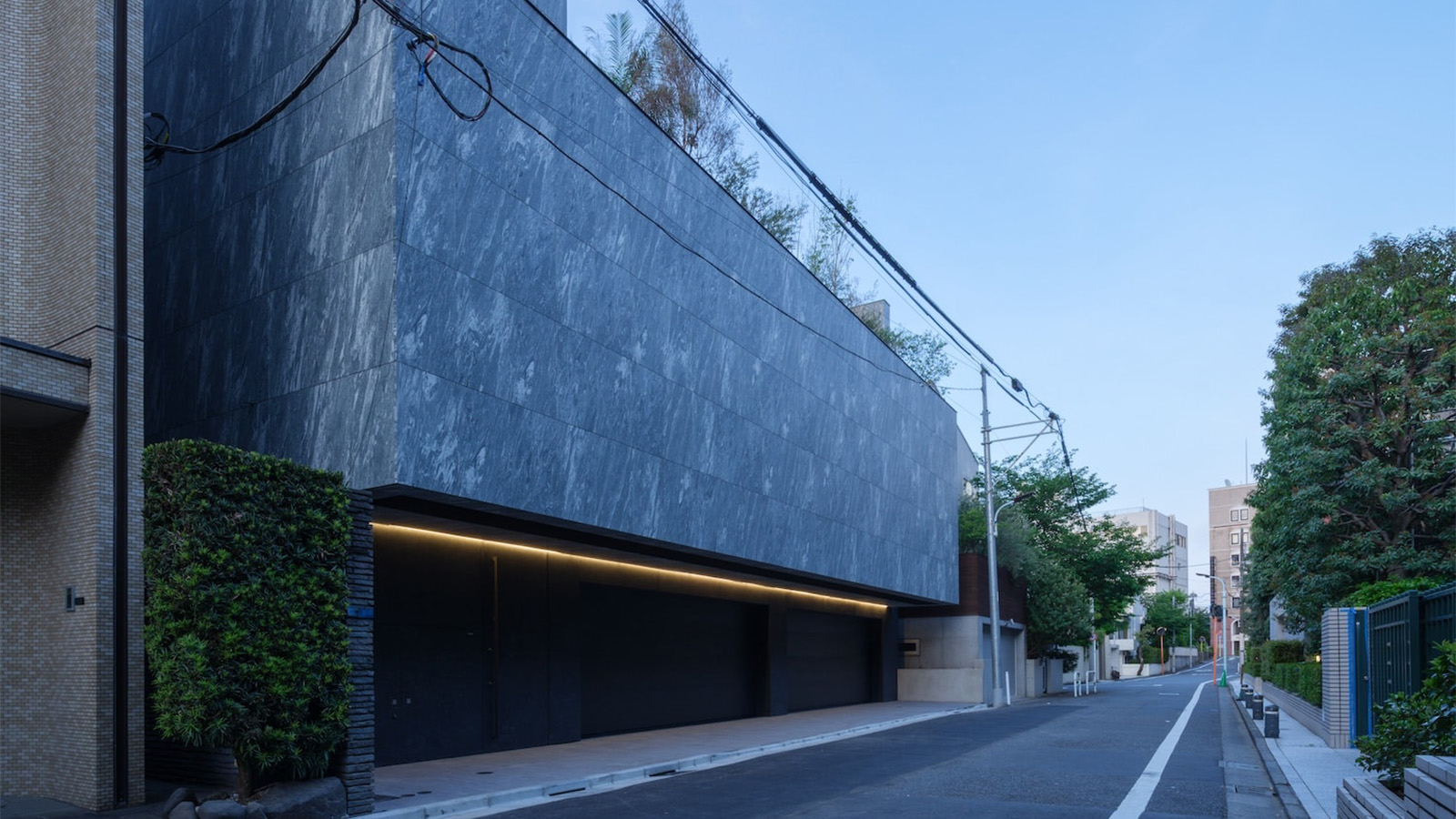 A Tokyo home’s mysterious, brutalist façade hides a secret urban retreat
A Tokyo home’s mysterious, brutalist façade hides a secret urban retreatDesigned by Apollo Architects, Tokyo home Stealth House evokes the feeling of a secluded resort, packaged up neatly into a private residence
-
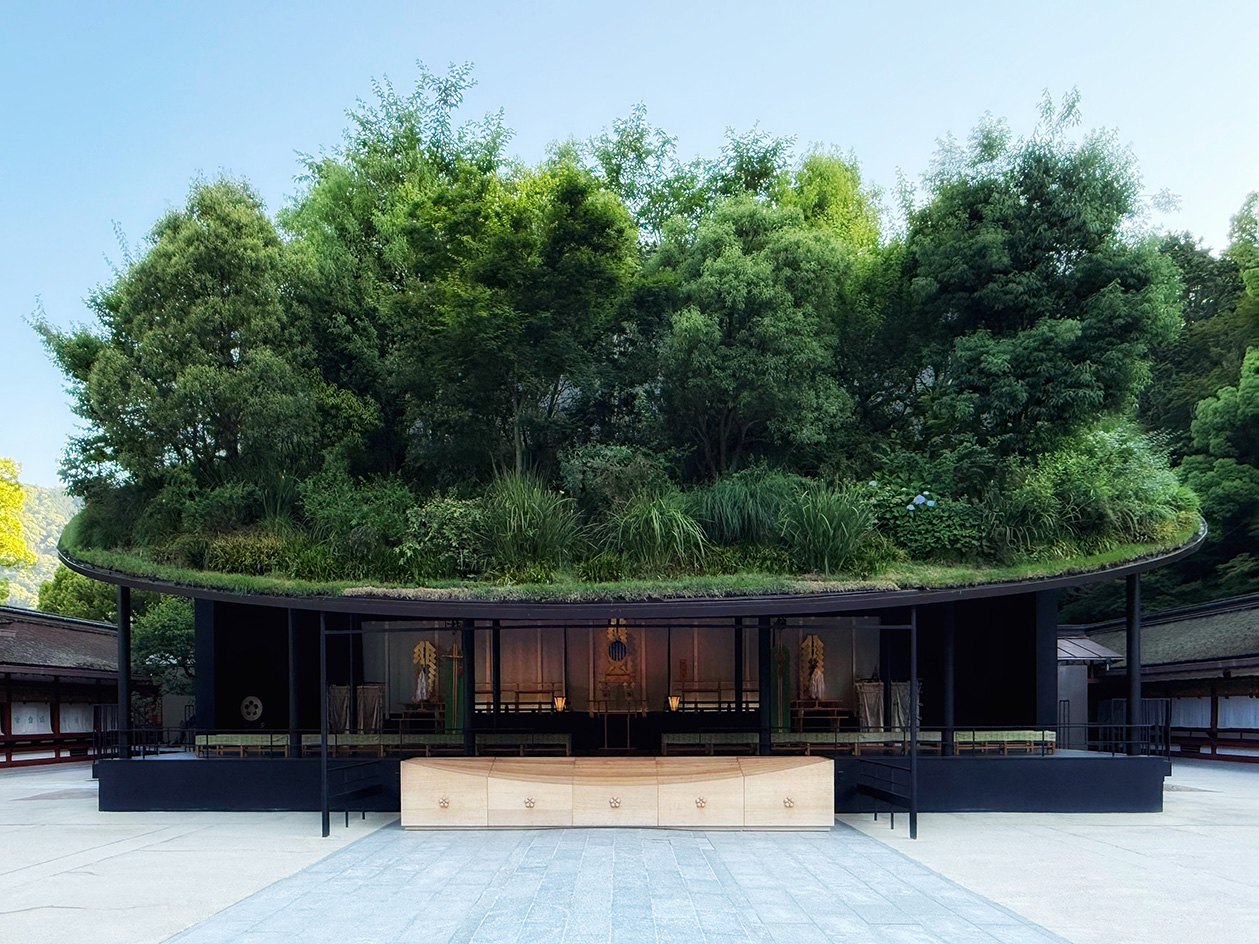 Landscape architect Taichi Saito: ‘I hope to create gentle landscapes that allow people’s hearts to feel at ease’
Landscape architect Taichi Saito: ‘I hope to create gentle landscapes that allow people’s hearts to feel at ease’We meet Taichi Saito and his 'gentle' landscapes, as the Japanese designer discusses his desire for a 'deep and meaningful' connection between humans and the natural world
-
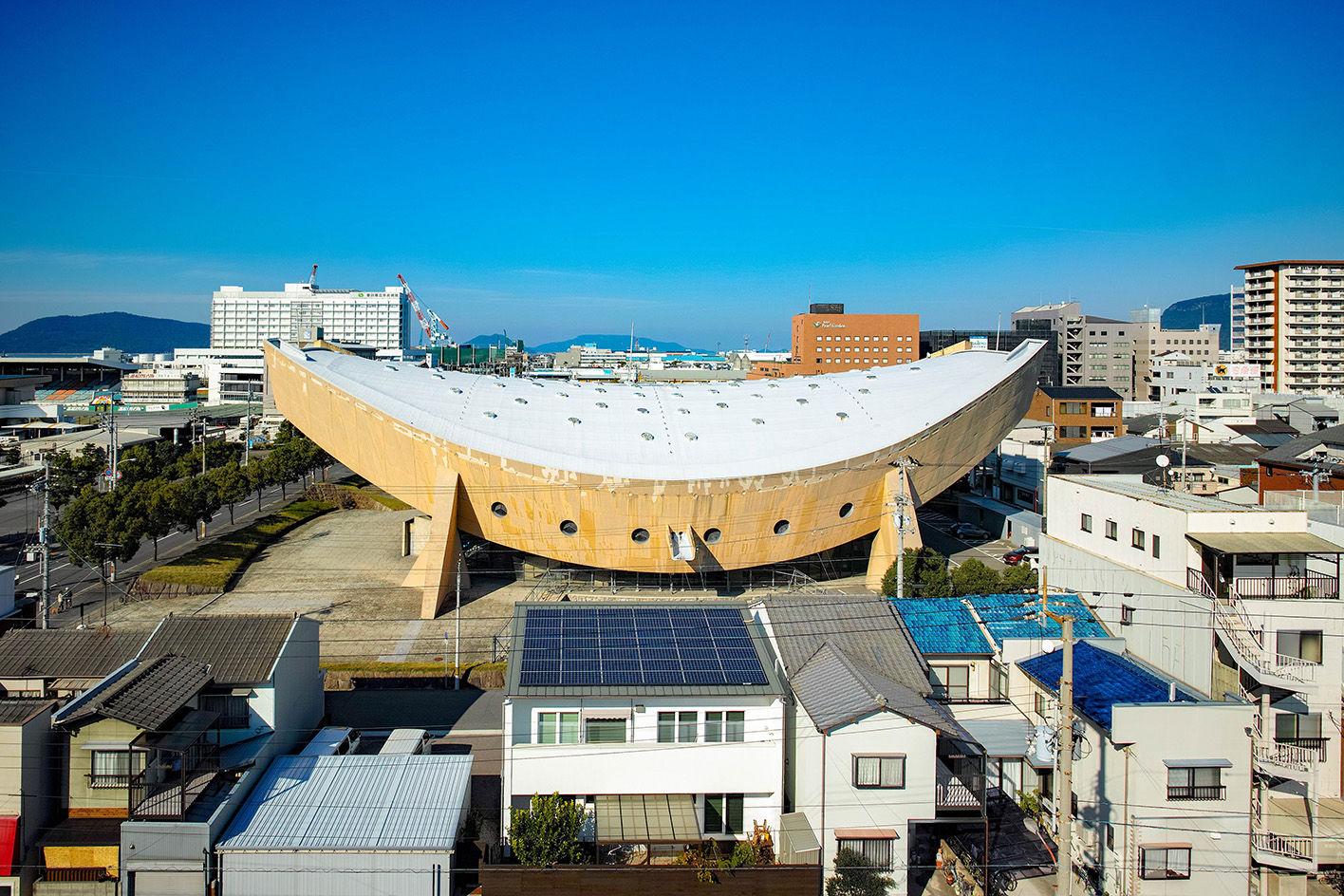 Campaigners propose reuse to save Kenzo Tange’s modernist ‘Ship Gymnasium’ in Japan
Campaigners propose reuse to save Kenzo Tange’s modernist ‘Ship Gymnasium’ in JapanThe Pritzker Prize-winning architect’s former Kagawa Prefectural Gymnasium is at risk of demolition; we caught up with the campaigners who hope to save it
-
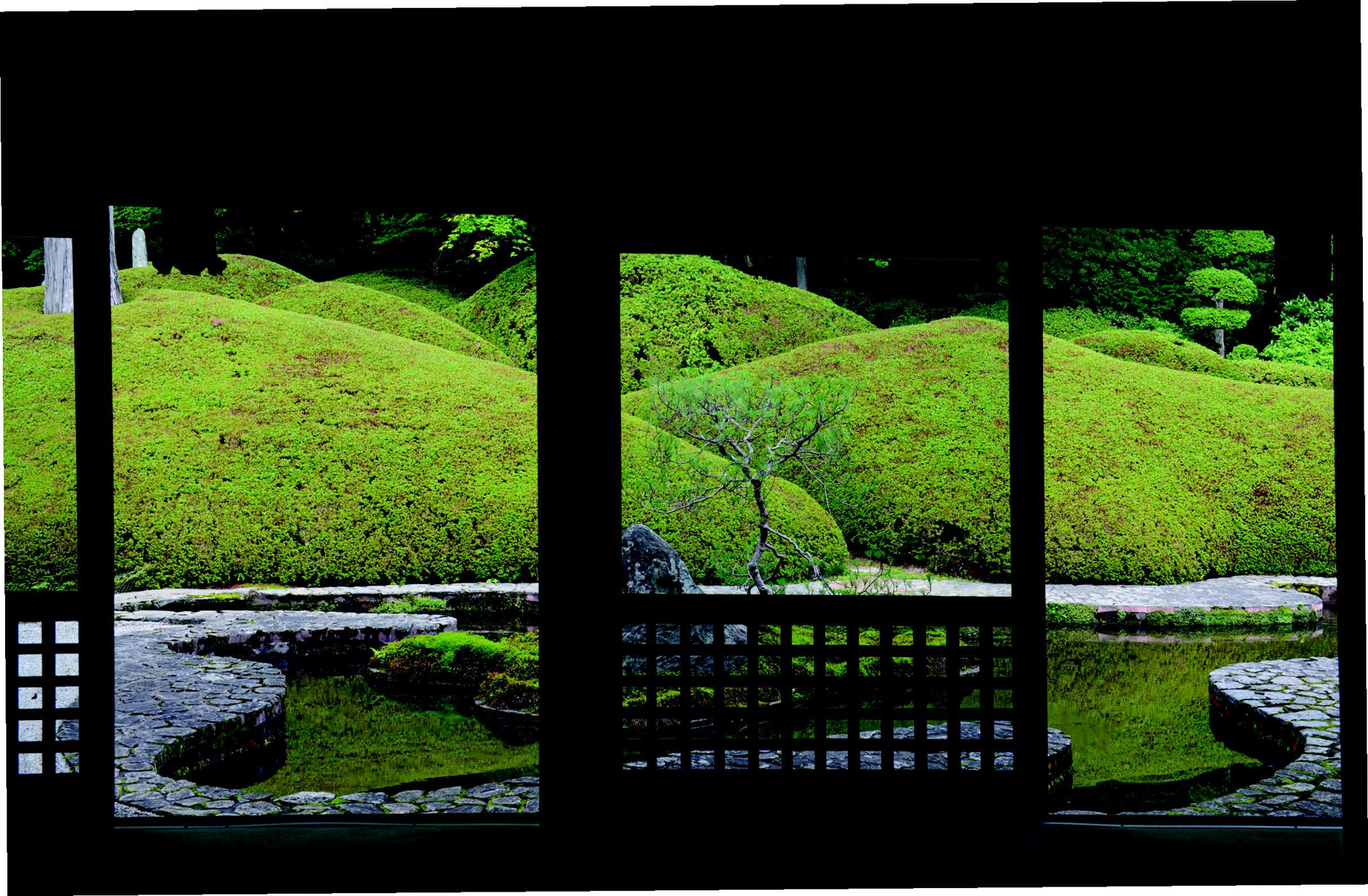 A new photo book explores the symbolic beauty of the Japanese garden
A new photo book explores the symbolic beauty of the Japanese garden‘Modern Japanese Gardens’ from Thames & Hudson traces the 20th-century evolution of these serene spaces, where every element has a purpose